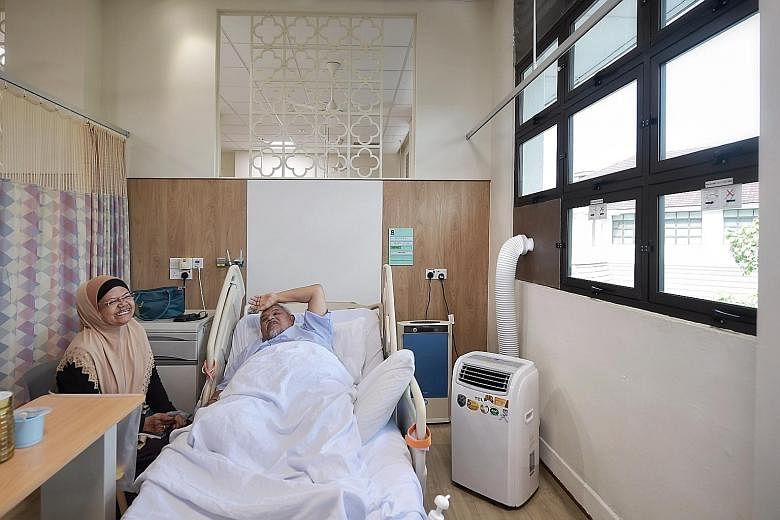I thank The Straits Times' Senior Executive Content Producer Denise Chong for bringing attention to the issue of air-conditioning for subsidised wards (Air-con for subsidised wards: Debate gets another airing, Sept 29).
I went to the National University Hospital for an angioscopy, and had to stay there overnight. Fans were at full blast throughout the day at the B2 ward. It was so warm that it was not possible to sleep or rest well during the day, and there was some respite only after midnight.
It makes no sense for wards to not be air-conditioned. This policy was put in place a long time ago. Times have changed. Climate change has increased temperatures, with Prime Minister Lee Hsien Loong acknowledging that "Singapore is already palpably warmer than what Singapore was 30 to 40 years ago" (Govt on the side of youth concerned about climate change, Sept 29).
As Ms Chong points out, many places are now air-conditioned. Today, air-con is a necessity, not a luxury.
There is an old argument that the elderly don't like air-con or the cold, which may be true. But this is not a binary issue, temperatures can be calibrated and set at a cool but not cold temperature, perhaps around 25 deg C to 27 deg C.
It is high time this archaic policy was revamped.
Chang Wei Meng

